To mark Black Friday, we trace the (non-)colour’s journey through the history of men’s fashion
Black is at once solemn, anarchic, sophisticated and mysterious; it is simple and complicated and erotic and chaste. It is simultaneously everything at once, and nothing at all; an absence of visible light, a void of colour and yet the most remarkable hue on the spectrum. And while it’s powerful across all the visual arts, it’s within the realm of fashion that the (non-)colour is perhaps most potent in its meaning. So, as Black Friday whips the West into a frenzy of consumerism, we explore the presence of the black in menswear, from the Ancient Roman craftsman, through to contemporary designers such as Rick Owens.
Ancient Roman Craftsmen and Artisans
While the first instance of black clothing is often attributed to the mourning robes worn by Ancient Roman clergymen, it was in fact the colour favoured by the craftsmen and artisans of the same era far prior to that. The dyeing processes and technology then weren’t what they are now though; garments faded quickly, becoming a dusty grey or washed-out brown – which is perhaps why it fell out of favour for all but those in mourning and the Benedictine monks of the 12th and 13th century. An unintentionally faded black, after all, is no black at all.
17th Century Nobility
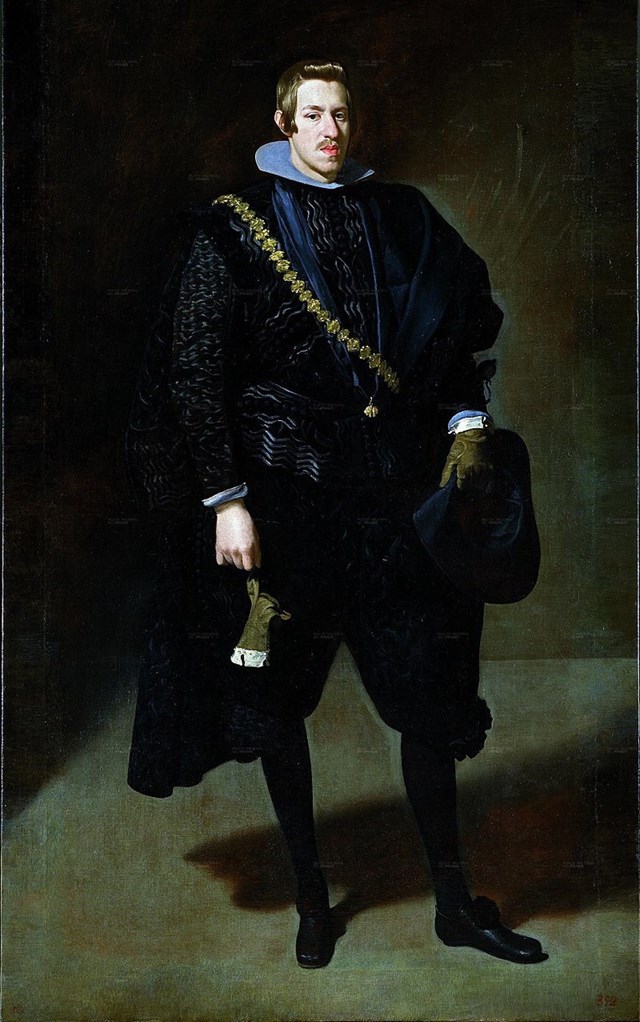
The following few centuries saw the colour’s popularity wax and wane. In the first half of the 1600s, however, it was widely adopted by European nobility – both men and women – thanks to its perceived association with dignity and humility, and it became the staple hue of the upper classes until the early-1800s when it was swapped out for the pale, candy-sweet pastel shades that heralded the arrival of the ‘Age of Enlightenment’.
The Romantics
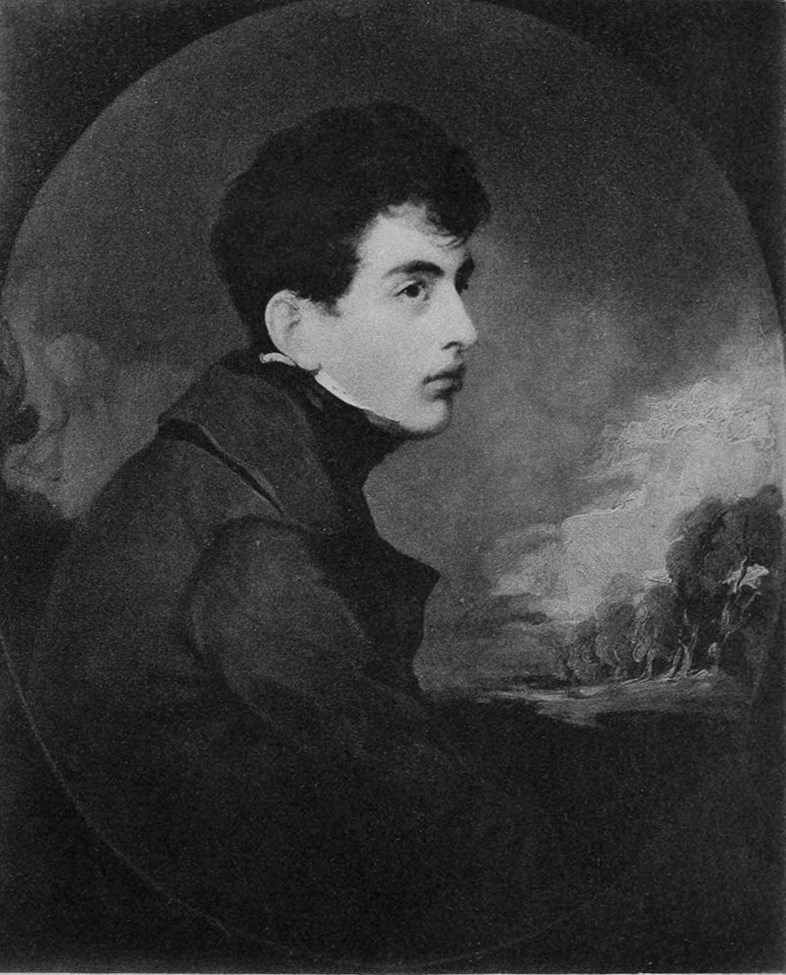
It didn’t fall out of favour completely, however. In Romantic poets including Lord Byron, John Keats and William Blake, black found new fans – the hue’s melancholic air reflecting their respective words of longing and providing the perfect foil to the billowing white lace and cotton skirts of the naive, innocent heroines that became the objects of their affection. By this point, technology was advancing too and, thanks to the synthetic dyes that were now in use, the Romantic wordsmiths could roam the moors in search of inspiration in even the heaviest of downpours – their foppish velvet tailcoats and silk scarves unscathed and unfaded.
The Tuxedo
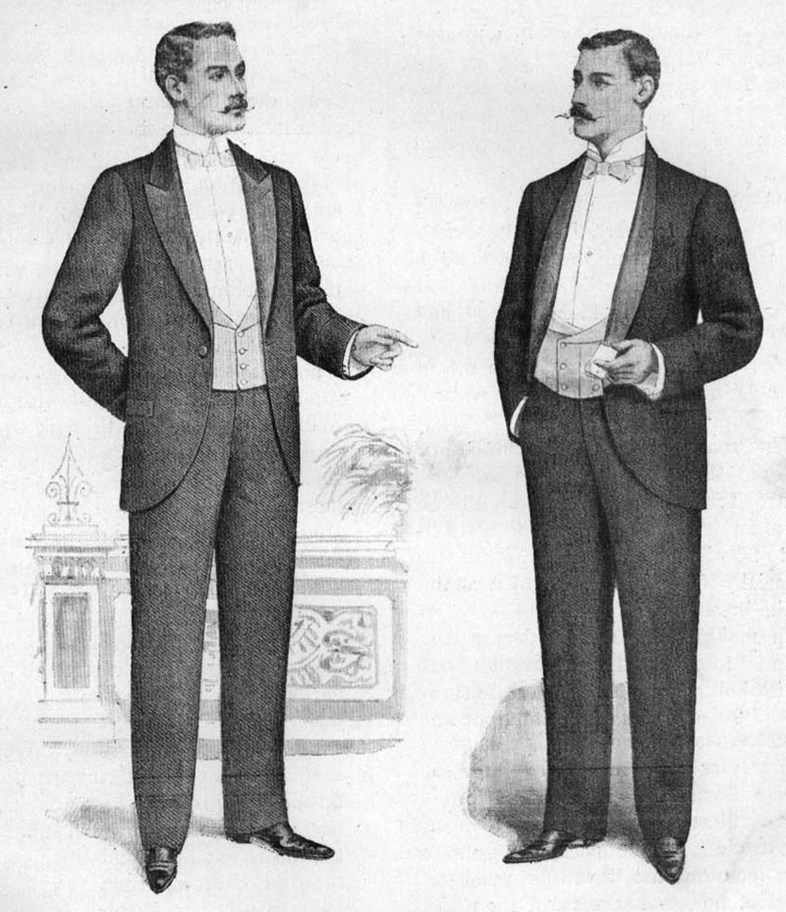
The end of the 1800s saw the introduction of the tuxedo (or, as it’s sometimes referred to, ‘the smoking’) as the evening wear du jour. Designed by Savile Row tailor Henry Poole of Henry Poole & Co. – who did away with the lengthy tails that had traditionally hung down the back of dress coats – the tux was first worn by the Prince of Wales (who later became King Edward VII) and its silhouette offered a more casual take on formal wear; its enduring appeal notable in that, from then to now, very little has changed in terms of its design. Despite its new, more understated stylings though, black remained relegated to formal wear for the most part – but that was soon to change, and the mid-20th century saw the formerly subdued hue come to life.
The Beatniks
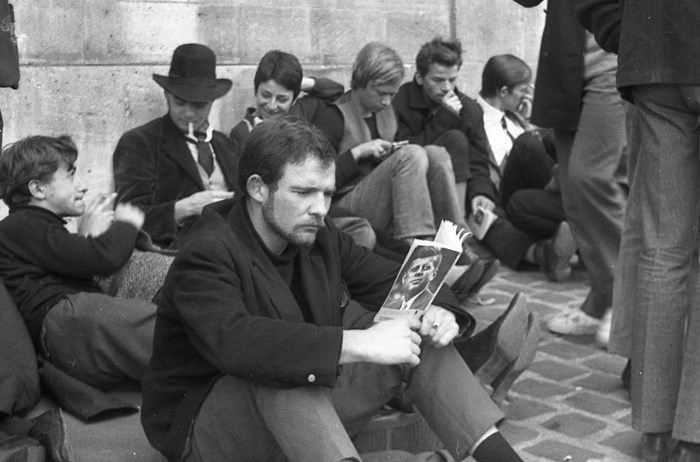
In the mid-1950s, the beatnik movement took the colour as their own, with roll-neck sweaters, horn-rimmed glasses and berets in varying degrees of black becoming their uniform. Inspired by the rebel poets of the time such as Allen Ginsburg, Jack Kerouac and William S. Burroughs (who in turn found inspiration in the Romantic poets of the 1800s), the Beatniks were left-leaning and creative, their black clothing reflecting the feeling of displacement and dissatisfaction that was at the heart of the Beat literature they consumed.
The Punks, the New Romantics and the Goths
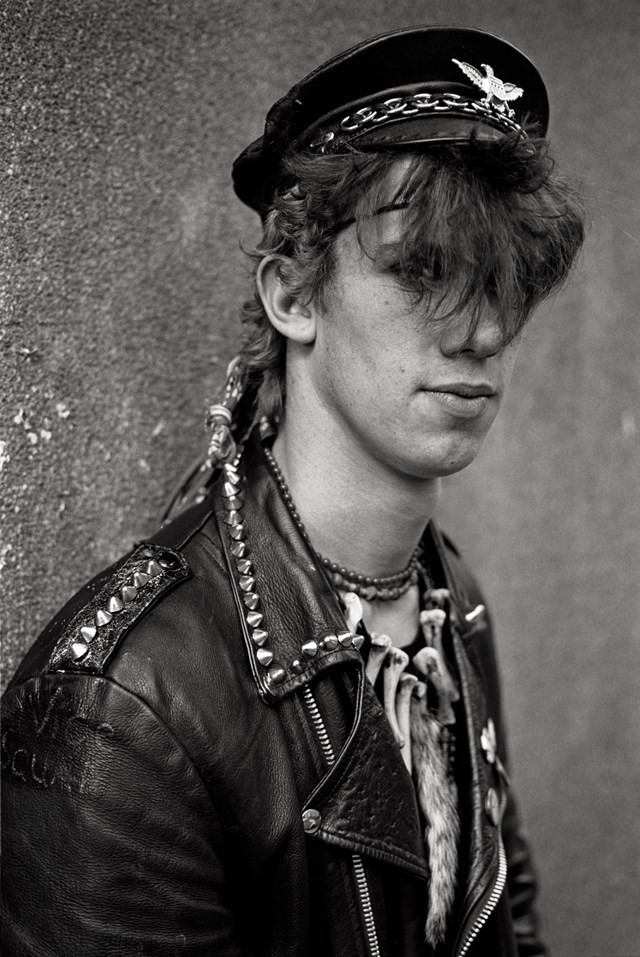
By the early 80s, three key subcultures were emerging out of London; the punks, the New Romantics and the goths – all of them had a penchant for black. The former were associated with destroyed t-shirts and oversized leather or denim jackets scattered with safety pins, the black shades they opted for now hinting at – or rather screaming – ‘ANARCHY’. The New Romantics and goths on the other hand looked back to the Victorian era and the Romantic poets, with formal tailcoats and dress shirts making a resurgence; only this time worn with black lipstick and elaborate hairstyles. With the foundations laid by the Beat poets and motorcycle gangs of the earlier decades, black was fast securing its place as the colour of the non-conformists.
1980s Japanese Designers
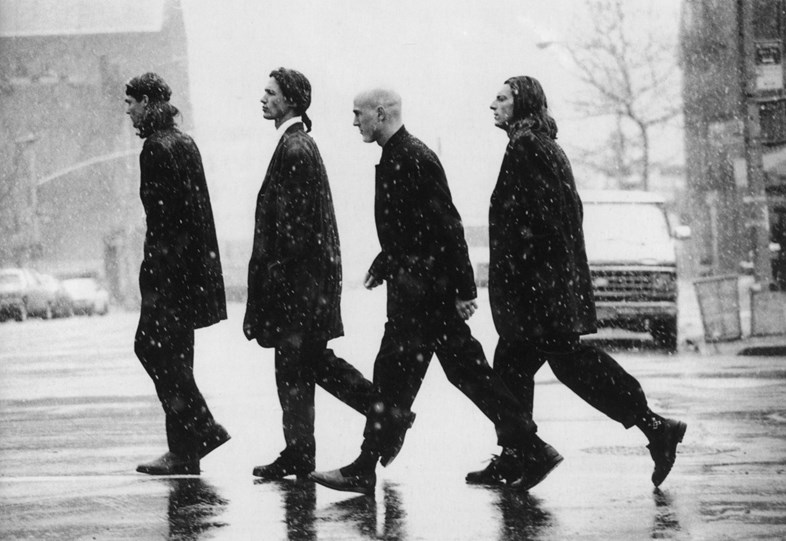
The 80s saw a group of Japanese designers tear up Paris, with Rei Kawakubo and Yohji Yamamoto at the forefront. Rei Kawakubo has been credited as having ‘invented black’ and whilst this may not be entirely accurate, there’s a strong case to suggest she revolutionised it. In the early years of her career, the designer worked mainly in black (and the occasional shade of grey) with one of her earliest collections dubbed “Hiroshima’s revenge” by scandalised critics. The antithesis to the excesses of the era – when the likes of Thierry Mugler and Gianni Versace reigned – her deconstructed creations were adopted by an army of ‘crows’ who crowned the avant-gardist supreme.
During that period it could be said that Yamamoto – Kawakubo’s then-partner – re-defined conventional methods of tailoring too. Over the course of his 40-year-long career, his designs have examined construction, proportion and texture, offering “protection from unwelcome eyes”, and presented in a palette consisting almost exclusively of black – “Black is modest and arrogant at the same time. Black is lazy and easy – but mysterious. But above all black says this: ‘I don’t bother you – don’t bother me’” said the designer of the hue in his 2011 autobiography My Dear Bomb.
Contemporary Designers
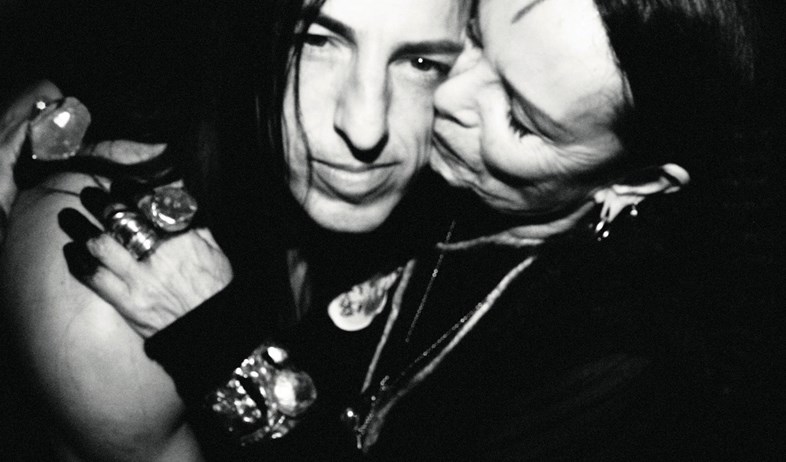
Since then, a number of other auteurs of black have emerged; with Rick Owens and Ann Demeulemeester perhaps the best-known. Responding to the notion that black denotes melancholy, Demeulemeester stated that “black is not sad. Bright colours are what depresses me. They’re so…empty. Black is poetic”, while Rick set out to lay “a black glittering turd on the white landscape of conformity”. And, since Owens founded his eponymous label in 1994, it’s safe to say that he’s (metaphorically) done just that – amassing a dedicated set of disciples that have adopted his long tunics, boxer-pod shorts and Geobaskets as their uniform along the way.
Present Day
Over the course of the last century, black has pervaded our wardrobes like no other colour, and though the fashion reports and magazines may shout that “black is back” or herald blue, or green or scarlet as “the new black” every few seasons or so, it has never really gone anywhere, and shows no sign of doing so. The colour’s appeal lies not only in its scientifically-proved ability to make us look more confident, intelligent and sexy, but in its ability to transcend trend and to encompass almost every mood. Henri Matisse once stated that he’d “been nearly 40 years discovering that the queen of all colours is black”. For many of us, it didn’t take nearly as long.











